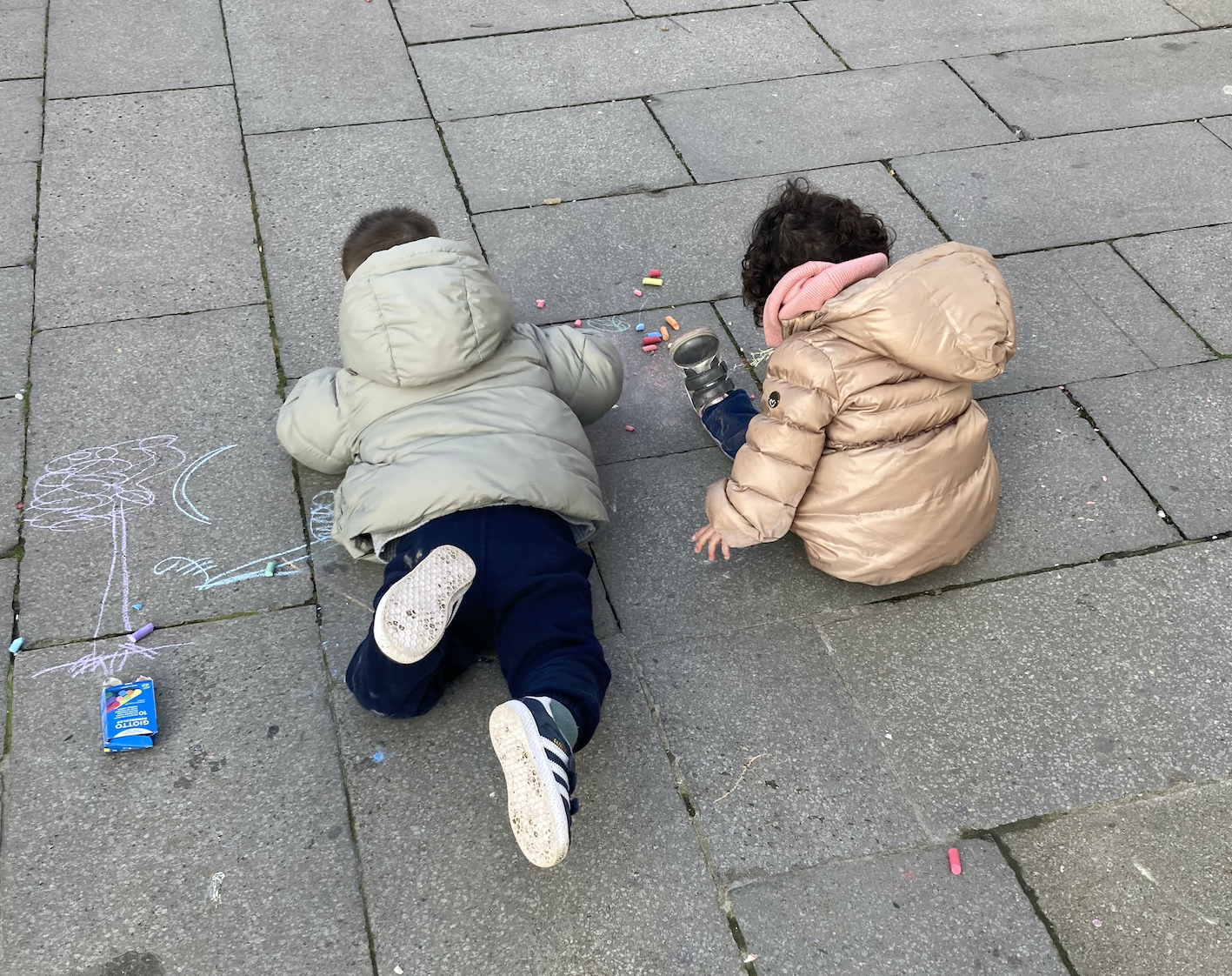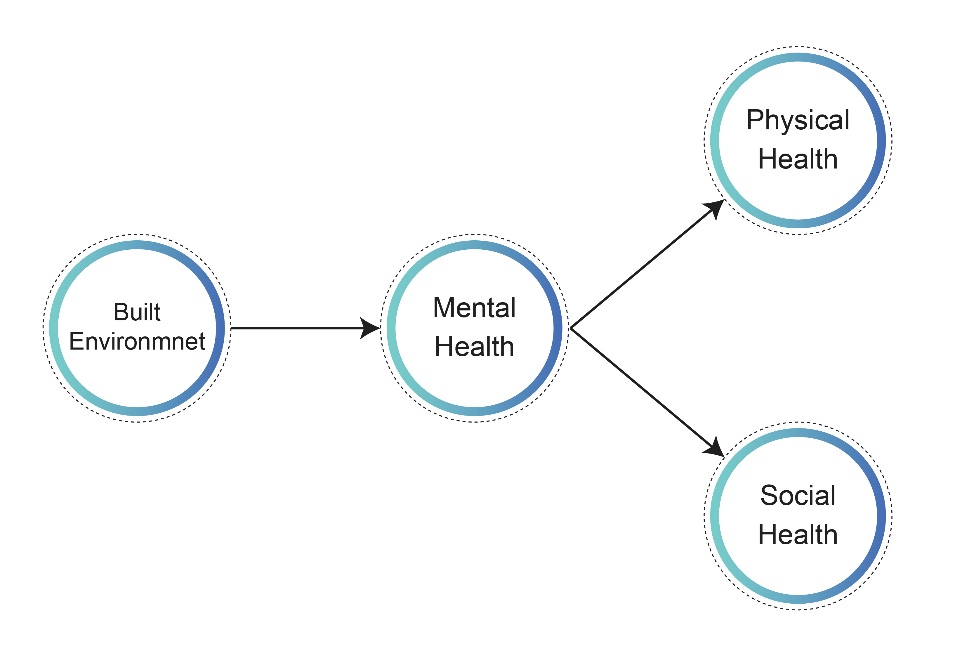City Know-hows

This study explores how urban playground design can either segregate or integrate children within the broader city fabric. By comparing Venice and Auckland, we illustrate how playgrounds in Venice encourage unstructured exploration, while those in Auckland limit engagement to isolated, structured zones. We propose strategies for urban design that foster inclusive and dynamic public spaces for children.
Share
Target audience
Architects, urban planners, and designers; Policymakers and decision-makers; Advocacy groups for child-friendly cities
The problem
Urban playgrounds are often designed to overemphasise safety, inadvertently creating spatial segregation. This limits children’s opportunities for exploration, temporary appropriation of spaces, and engagement with the socio-cultural dynamics of the city.
What we did and why
In our research, we compared playgrounds and public spaces in two distinct urban contexts,Venice and Auckland, to understand how design affects children’s interactions with their environments. Using the concept of temporary appropriation, the study highlights the importance of unstructured spaces in fostering children’s social and cognitive development.
Our study’s contribution
The findings advocate for hybrid playground designs that balance safety with exploration.
Impacts for city policy and practice
Based on our study, we recommend that cities need to:
Further information
Full research article:
 From segregation to inclusion: children’s engagement in urban public spaces by Jose Antonio Lara-Hernandez
From segregation to inclusion: children’s engagement in urban public spaces by Jose Antonio Lara-Hernandez
Related posts

The expected rise of working from home after the COVID-19 pandemic necessitates a deeper understanding of the cause and effect of home environment on physical, mental, and social health. Existing research primarily focuses on physical and psychological health, with less attention given to social health. Incorporating social health is emphasized by various researchers during the pandemic. Moreover, the interconnected nature of health components suggests the possibility of mediation, requiring a model selection to represent the working from home situation.

We examined how levels women’s empowerment differ across cities and how it is linked to differences in infant mortality in Latin American cities.

To create healthy urban places and spaces, public acceptance is key to success.